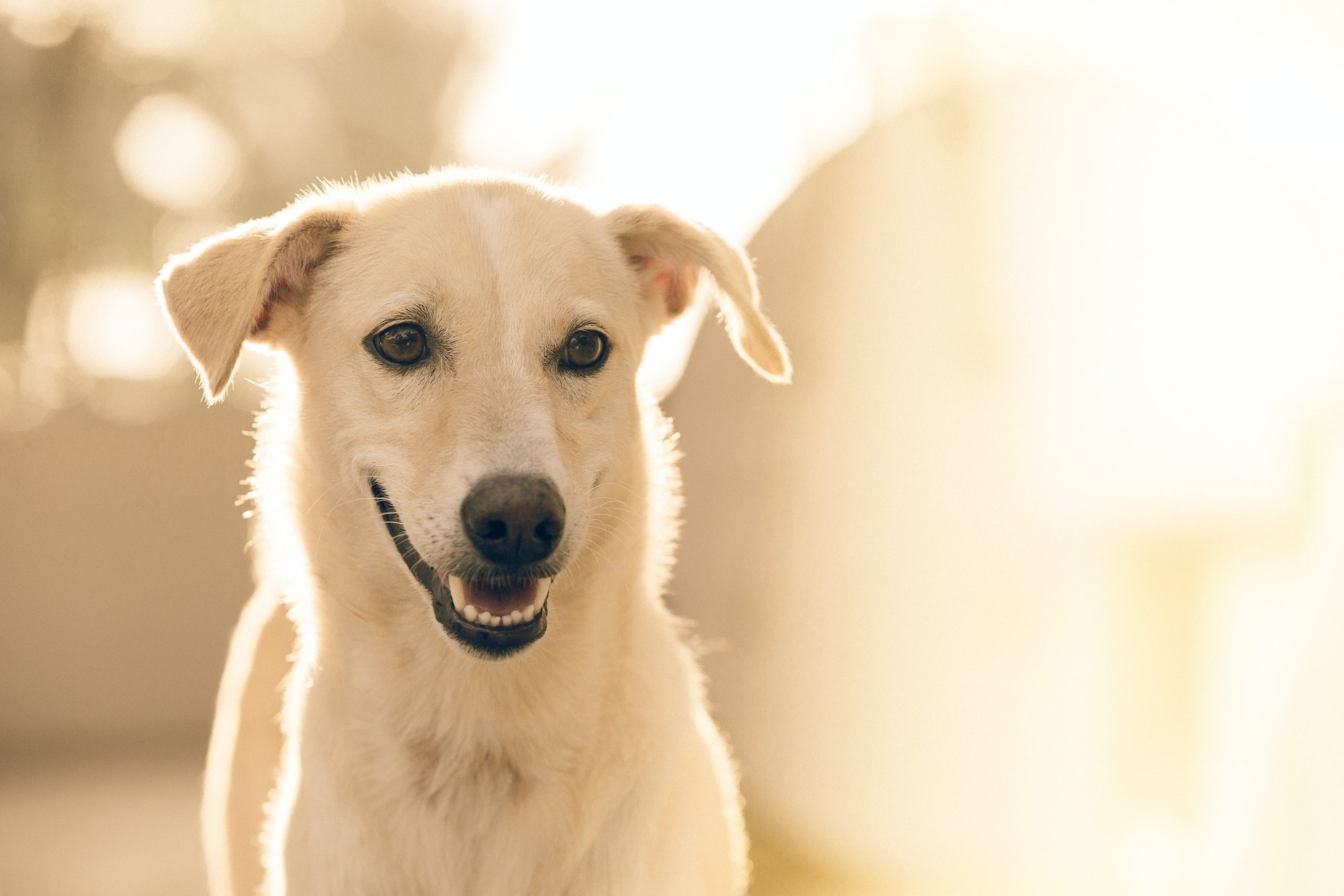The Ultimate Guide to Rabies Vaccination for Dogs
The article highlights the importance of vaccinating dogs against rabies to protect their health and prevent the spread of the disease to humans, emphasizing the significance of compliance with vaccination protocols and advancements in rabies vaccination.
Importance of Rabies Vaccination for Public Health
Vaccinating dogs against rabies is crucial for protecting public health as it prevents the spread of the disease to humans. The interconnectedness of pet and human health is evident in the legal requirements for pets, including dogs, to be up to date on their rabies vaccinations to prevent them from acquiring the disease from wildlife [1, 3]. For example, a dog that encounters a rabid animal and is not vaccinated against rabies poses a direct risk to public health if the disease is transmitted to humans. Therefore, ensuring that dogs are vaccinated against rabies not only protects individual pets but also contributes to the overall public health by preventing the transmission of rabies.
Moreover, the impact of preventing the spread of rabies through dog vaccination is significant. By reducing the risk of transmission to humans, vaccination plays a pivotal role in preventing potential outbreaks of rabies in communities. This is especially crucial in areas where the disease is prevalent in wildlife, as unvaccinated dogs can act as a bridge for the transmission of rabies from wildlife to humans. Therefore, public health authorities and veterinary organizations emphasize the importance of vaccinating dogs against rabies as a proactive measure to safeguard human health and prevent the spread of the disease within communities. By understanding the interconnectedness of pet and human health, the significance of rabies vaccination for public health becomes evident, underscoring the critical role that dog vaccination plays in preventing the transmission of this lethal disease to humans [1, 3].
Vaccination Protocols and Their Importance
The vaccination schedule for dogs is a critical aspect of protecting them from rabies and ensuring public health. Beyond the initial vaccine at around three months old, booster shots play a crucial role in maintaining the effectiveness of the rabies vaccine. For instance, a study conducted on 100 female beagle puppies demonstrated the significance of booster shots. The research revealed that dogs receiving booster shots had a notably higher survival rate when challenged with the rabies virus, underscoring the importance of adhering to the vaccination schedule to enhance the vaccine’s protective effects [1, 2].
Furthermore, the role of memory antibody responses in protecting dogs against rabies cannot be overstated. This immune response is a key factor in the effectiveness of the rabies vaccine. For example, the study protocol for licensing rabies vaccines involved measuring memory cell response using flow cytometry. The findings indicated that memory antibody responses correlated strongly with protection against rabies in dogs, providing compelling evidence of the vaccine’s ability to elicit a protective immune response. Therefore, following the recommended vaccination protocols for dogs, including booster shots, is essential in ensuring their resilience against rabies and safeguarding public health.
Ensuring Pet Safety and Compliance
Ensuring the safety and well-being of pets goes beyond regular veterinary visits and up-to-date rabies vaccinations. Pet owners can also take proactive measures to protect their furry companions from the risks of rabies. For instance, keeping pets under control, such as keeping cats and ferrets indoors and dogs under direct supervision, can significantly reduce the likelihood of encounters with potentially rabid wildlife, thus minimizing the risk of transmission. By limiting the opportunities for contact with wildlife, pet owners play a pivotal role in preventing the spread of rabies among domestic animals and, ultimately, to humans.
Moreover, responsible pet ownership involves spaying or neutering pets, which not only helps in managing the pet population but also contributes to public health by reducing the number of unvaccinated and improperly cared for animals. This, in turn, aids in curbing the potential transmission of rabies within the pet population, fostering a safer environment for both animals and humans. By taking these proactive steps, pet owners play an active role in mitigating the risk of rabies transmission, further emphasizing the interconnectedness of pet and human health and the pivotal role of compliance with vaccination and care guidelines in safeguarding public health.
Advancements in Rabies Vaccination
In recent years, advancements in rabies vaccination have led to the development of oral rabies vaccines, which have proven to be a significant breakthrough in the fight against rabies. These vaccines have undergone rigorous testing and have been found to have no unintended long-lasting impacts on humans, providing a safe and effective means of preventing the spread of rabies. For example, in a study involving the administration of oral rabies vaccines to wildlife, it was observed that there were no adverse effects on the human population living in the vicinity of the vaccination sites, highlighting the safety of these vaccines.
Furthermore, challenges related to the production capacity and cost of oral rabies vaccines have been identified, underscoring the need for innovative and cost-effective solutions to ensure broader accessibility and coverage of these vaccines. For instance, efforts are underway to streamline the production process and reduce manufacturing costs, thereby making oral rabies vaccines more accessible to communities and regions where traditional vaccination methods may be challenging to implement. Additionally, the cost-effectiveness of these vaccines has been demonstrated in vaccination programs, especially for inaccessible dogs in remote or underserved areas. By increasing herd immunity and preventing the spread of rabies, oral rabies vaccines have proven to be instrumental in protecting both animal and human populations from this deadly disease. These developments are crucial in the global effort to eradicate rabies and ensure the safety of communities worldwide.
Global Implications and Advocacy
The global implications of rabies prevention and advocacy extend beyond national borders, emphasizing the interconnectedness of public health on a global scale. For instance, international regulations play a crucial role in preventing the spread of rabies by imposing standards for the import and export of animals capable of causing human disease. These regulations ensure that animals entering or leaving a country are properly vaccinated and pose no risk of transmitting rabies, thus safeguarding public health worldwide.
Moreover, international organizations are at the forefront of advocating for the use of oral rabies vaccines in mixed-method vaccination campaigns. By promoting the adoption of these vaccines on a global scale, these organizations contribute significantly to preventing the spread of rabies and protecting public health in various regions. For example, through collaborative efforts, international organizations can facilitate the distribution and administration of oral rabies vaccines in areas with limited access to traditional vaccination methods, thereby reducing the incidence of rabies among domestic dogs and wildlife populations. These initiatives not only protect animal welfare but also reduce the risk of rabies transmission to humans, underscoring the importance of global advocacy in combating the disease.




